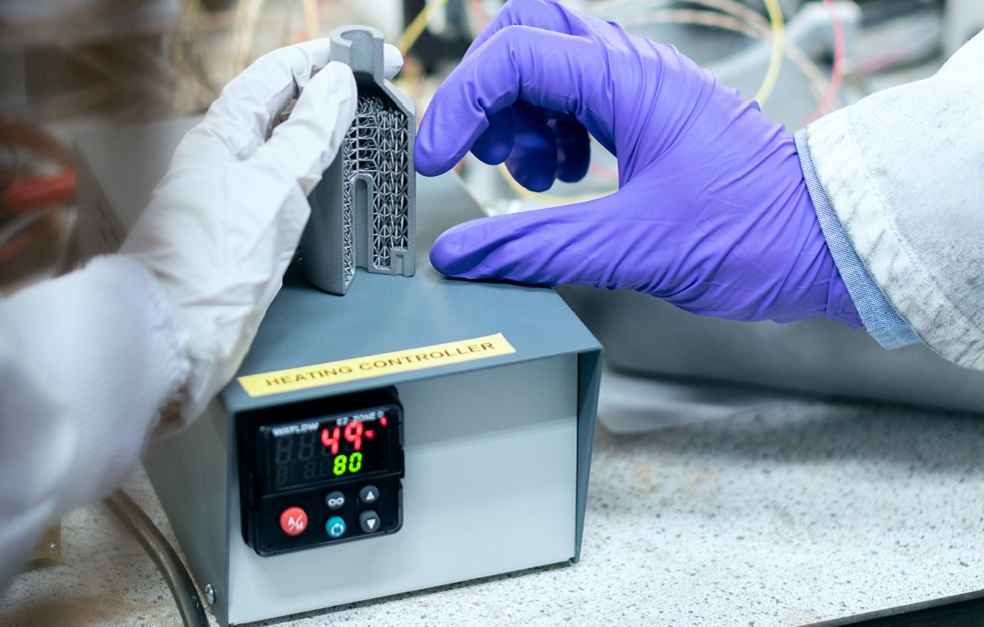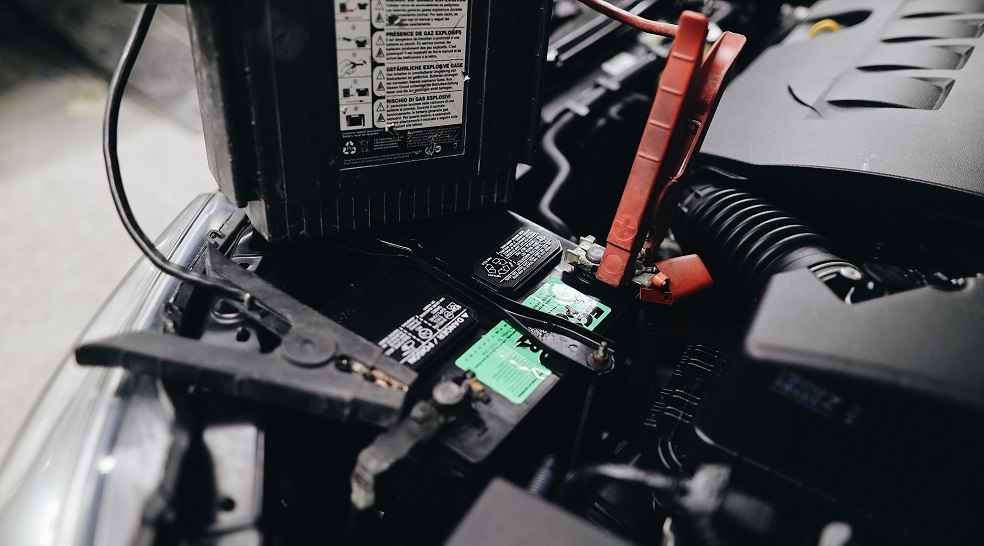Electric car batteries are powerful but can be hazardous. However, they are tested thoroughly for safety. Even though they can get very hot and potentially catch fire, safety features like cooling systems and firewalls make them safe to use.
Electric cars are becoming more popular because they’re better for the environment. But people often wonder, are the batteries dangerous? To understand this, we need to look at how these batteries work and the safety steps taken by those who make them.
Before they’re used, electric car batteries go through tough safety tests, including crash tests and fire tests. The design of the batteries also protects them from damage, which helps make sure they’re safe to use.

But, these batteries can still pose some risks. They hold a lot of energy, and a fire could cause temperatures to rise to about 5,000 degrees Fahrenheit. Sometimes, during charging, the batteries can get too hot, releasing flammable gases.
The main parts of electric car batteries, called lithium-ion and lithium-metal cells, are powerful and can explode. When you charge the battery over and over, it can cause a problem called dendrite formation. This problem can lead to a short circuit and possibly cause the battery to catch fire. To prevent this, the batteries are cooled during quick charges and heated when it’s too cold outside.

If a lithium-ion battery fire happens, it needs special foam extinguishers to put it out. Each cell in the battery can burn at different speeds. If there’s a fire, it’s safer to let the battery burn out completely in a secure outdoor area.
Despite these risks, electric car batteries are less likely to explode than gasoline in traditional cars. Safety measures include protecting the batteries with a cooling system and arranging the smaller batteries in a pattern to avoid major damage if one stops working correctly.
Electric car batteries work best between 15 to 45 degrees Celsius. This is less than the temperature range for regular cars. To keep everyone safe, it’s crucial to monitor and manage the temperature of the batteries.

The electrolyte in the batteries, a mixture of flammable materials and harmful chemicals, could catch fire. To prevent this, the battery is divided into smaller cells by firewalls. Scientists are also trying to make less risky electrolytes that are less likely to catch fire and produce fewer harmful chemicals.
There are rules and safety steps to deal with potential dangers of electric car batteries. As technology advances, new safety features are being created. Despite the risks, electric cars are getting safer due to ongoing research and improvements.
To understand the safety of electric car batteries, we need to know the possible risks and the many safety steps taken to reduce them. As we shift to more environmentally friendly transport, improving the safety of these vehicles is a key focus.





